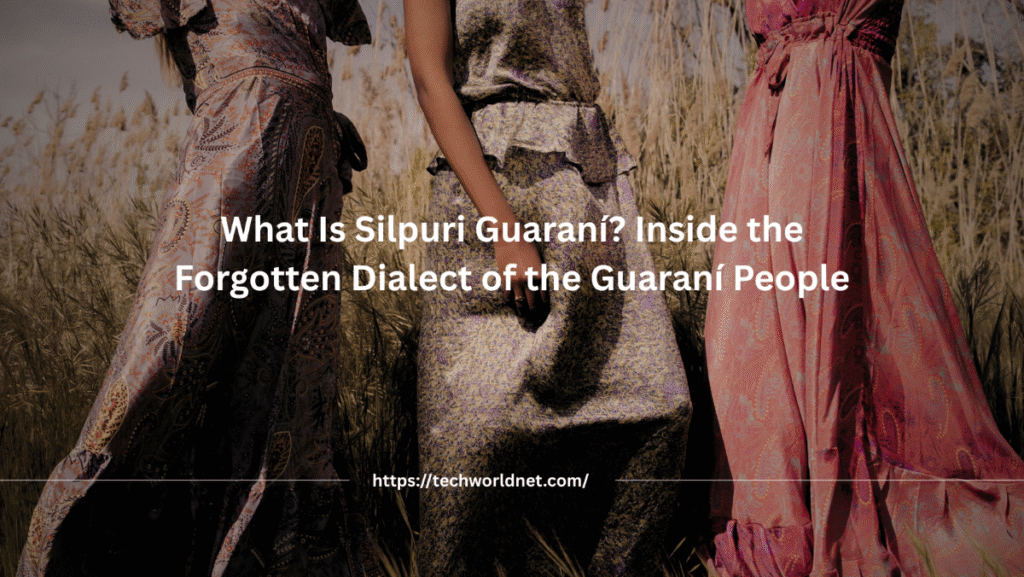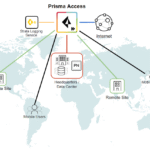Now Reading: Lifestyle Brand: More Than Just a Product 2025
-
01
Lifestyle Brand: More Than Just a Product 2025
Lifestyle Brand: More Than Just a Product 2025

Lifestyle brands are gaining popularity nowadays. People invest in a manner of existence that reflects their person, values, and goals in place of simply purchasing things. In addition to selling products, a way of life logo creates an identity that human beings need to be a part of. Numerous agencies have correctly positioned themselves as lifestyle brands, ranging from fashion to technology and health. The crucial components, well-known examples, and techniques for growing a a success way of life emblem will be discussed on this put up.
What is a Lifestyle Brand?
A lifestyle logo is a enterprise that promotes itself as a part of a specific way of existence. Because it establishes an emotional and personal reference to them, clients consider that the emblem embodies their beliefs, goals, and each day workouts. A way of life emblem promises a vision, in comparison to conventional manufacturers that absolutely concentrate on objects. Customers are endorsed and given the impression that they’re part of a set with similar values and hobbies. Nike, as an instance, does greater than simply promote shoes. It symbolizes dedication, athleticism, and breaking barriers. In a similar vein, further to selling gadgets, Apple also stands for exclusivity, originality, and creativity.
Why Are Lifestyle Brands So Popular?

People love way of life brands due to the fact they offer extra than just a product. Some of the motives for their achievement consist of:
Customers sense a strong emotional connection to the logo due to them. They construct a strong community – People need to be part of a group with shared values.
They represent private identification – Consumers sense that the brand reflects their personality.
They affect social popularity. Owning a product from a life-style emblem may be a sign of repute. They align with ideals and values – Many lifestyle manufacturers assist causes, which includes sustainability or inclusivity, which attract like-minded clients. This article related to Lifestyle brand.
Key Characteristics of a Lifestyle Brand
| Trend | Description | Examples of Adaptation |
|---|---|---|
| Sustainability & Ethics | Consumers prefer brands with environmental responsibility. | Patagonia using recycled fabrics. |
| Personalized Experiences | AI-based customization for tailored products. | Nike’s custom shoe designs. |
| Stronger Digital Communities | Brands fostering interaction through online platforms. | Peloton’s virtual fitness community. |
| Influencer-Driven Marketing | Collaborations with trusted influencers for engagement. | Glossier’s influencer marketing. |
| Augmented & Virtual Reality | Enhancing customer experience using immersive tech. | Apple’s AR shopping experiences. |
| Health & Wellness Integration | More brands focusing on well-being and mental health. | Starbucks’ focus on wellness drinks. |
1. Nike – The Spirit of Motivation
Nike transcends the function of a mere sports clothing logo. Its iconic slogan, “Just Do It,” conjures up individuals to task their obstacles and recognise their aspirations. The company collaborates with athletes and health aficionados to suggest for dedication, resilience, and fulfillment.
2. Apple – Innovation and Exclusivity
Apple transcends the mere sale of smartphones and computer systems; it offers a different life-style characterized via innovation, luxury, and simplicity. Users of Apple merchandise perceive themselves as contributors of a prestigious and elite technological network.
3. Patagonia – The Ethical Outdoor Brand
Patagonia advocates for sustainability, adventure, and social activism. It attracts customers who’re environmentally conscious and revel in outdoor interests. The brand promotes accountable intake and environmentally friendly practices.
4. Four. Peloton – The Connected Fitness Movement
Peloton has revolutionized indoor cycling, setting up it as a global fitness phenomenon. It cultivates a vibrant network, allowing users to interact with one another via digital health lessons, thereby transforming exercising into a holistic lifestyle revel in.
5. Starbucks – More Than Just Coffee
Starbucks has set up a coffee tradition that integrates its cafes into the every day exercises of individuals. The corporation fosters a social and alluring environment, positioning its places as perfect areas for paintings, meetings, and entertainment.
How to Build a Lifestyle Brand?

Establishing a thriving lifestyle logo calls for meticulous strategizing. Adhere to those steps to evolve a emblem right into a motion:
1. Define Your Brand’s Identity
Ask yourself:
What standards does my emblem constitute?
What emotions do I want to rouse in my customers?
What sort of way of life do I advise?
2. Connect Emotionally with Consumers
Employ compelling narratives for your advertising and marketing strategies.
Illustrate genuine instances of the way your logo integrates into the lives of individuals.
Collaborate with influencers and emblem ambassadors who encompass your core values.
3. Build a Strong Community
Promote client interplay thru social media platforms.
Establish precise memberships, companies, or gatherings.
Provide a venue for clients to express their experiences.
4. Align with a Purpose or Cause
Promote a social or environmental purpose.
Inform purchasers approximately the significance of your logo past mere financial profits.
Demonstrate tangible movements instead of merely making marketing assertions.
5. Be Consistent in Branding
Ensure consistency in emblem messaging, design elements, and communique techniques.
Maintain a sturdy, clean, and effortlessly identifiable emblem photograph.
Ensure that your advertising and marketing remains steady to keep away from perplexing clients.
6. Offer More Than Just a Product
Broaden your offerings to consist of offerings, reports, or occasions.
Incorporate the Lifestyle brand into everyday life.
Enable customers to deliver their individuality through your brand.
The Future of Lifestyle Brand
As virtual transformation progresses, Lifestyle brand manufacturers will go through similarly evolution. Below are a few emerging trends to display:
Sustainability-Oriented Brands – An increasing quantity of agencies will undertake environmentally conscious practices.
Personalized Branding – Companies will leverage synthetic intelligence to offer tailor-made stories.
Enhanced Online Communities – Social media is ready to anticipate an increasingly good sized role in fostering logo engagement.
Virtual and Augmented Reality – Digital stories are set to reinforce emblem loyalty.
Purpose-Driven Marketing – Consumers are an increasing number of looking for brands that uphold robust ethical standards.
Final Thoughts
Lifestyle brand emblem transcends mere products; it embodies an experience, a tradition, and a experience of network. Effective life-style manufacturers foster emotional bonds, motivate their customers, and resonate with big values.















